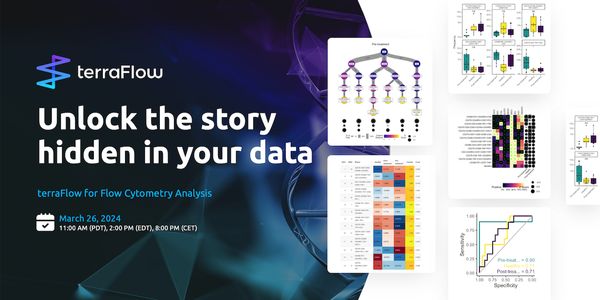Structure and Function of the Human Microbiome
-
Curtis Huttenhower, PhD
Principal Investigator, Department of Biostatistics, Harvard T.H. Chan School of Public HealthBIOGRAPHY
Among many surprising insights, the genomic revolution has helped us to realize that we're never alone and, in fact, barely human. For most of our lives, we share our bodies with some ten times as many microbes as human cells. They are resident in our gut and on nearly every body surface, and they are responsible for a tremendous diversity of metabolic activity and immunomodulation. These microbial communities are a normal part of human health, and their disruption has been implicated in diseases from colorectal cancer to inflammatory bowel disease. The human microbiome has begun to be well-described using high-throughput sequencing, and understanding its role in health and disease requires techniques from genomics, computational "big data" mining, and molecular epidemiology. I will discuss what is now known regarding the microbiome's baseline ecology, molecular function, and analysis methods, including comments on metagenomic and metatranscriptomic sequencing for mixed microbial communities, experimental design for population-scale microbiome studies, and biomarker discovery for human disease. I will conclude with open questions for future work in potentially translating the microbiome in inflammatory conditions such as Crohn's disease and ulcerative colitis. Learning Objectives: - Understand the overview of the human microbiome, including its basic biology, epidemiology, and potential roles in public health. - Identify areas of opportunity for development of the microbiome as a novel therapeutic target, diagnostic or prognostic biomarker, or basic microbial system.
Structure and Function of the Human Microbiome
Please update your information
Certificate of Attendance
DOWNLOAD CERTIFICATE
Finish Registering
-
APR 30, 2024Immuno-Oncology Virtual Event Series 2024
-
MAY 07, 20243rd International Biosecurity Virtual Symposium
-
MAY 23, 2024For the Love of Digital PCR 2024
- See More
-
APR 27, 2024
- See More












































